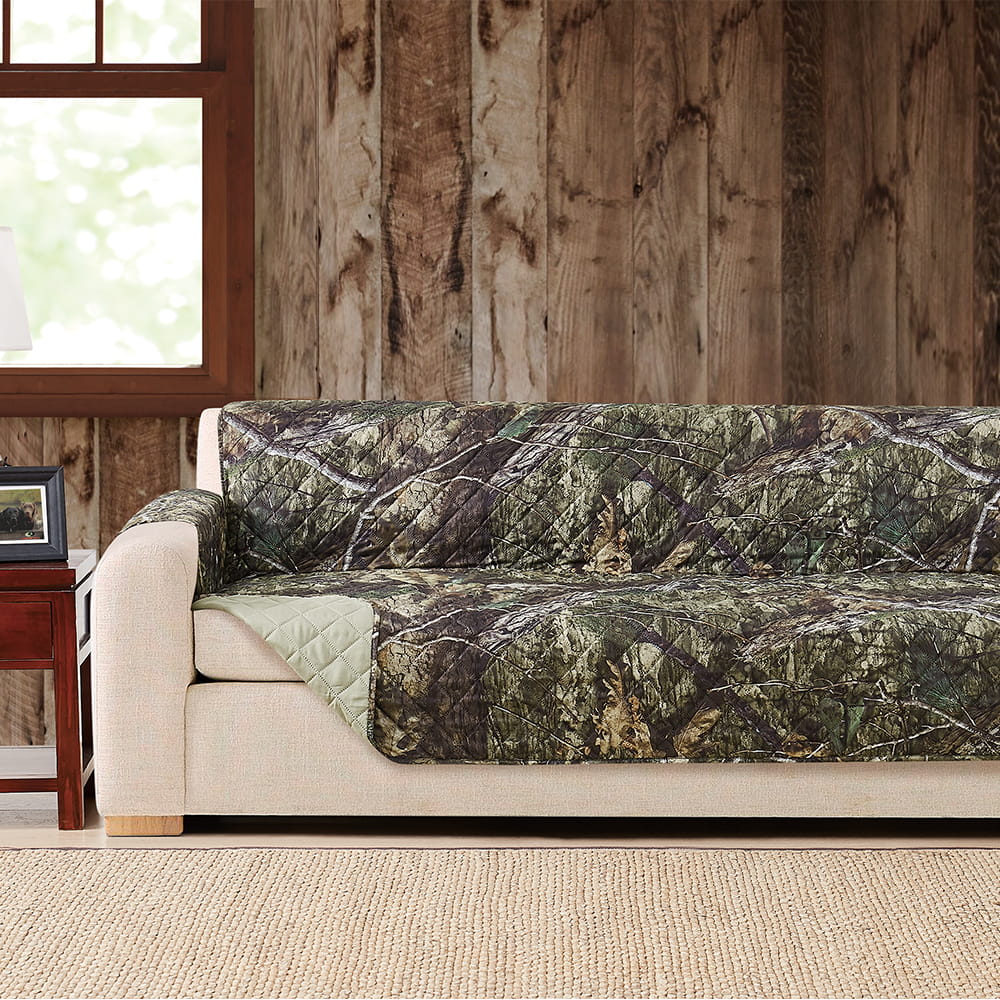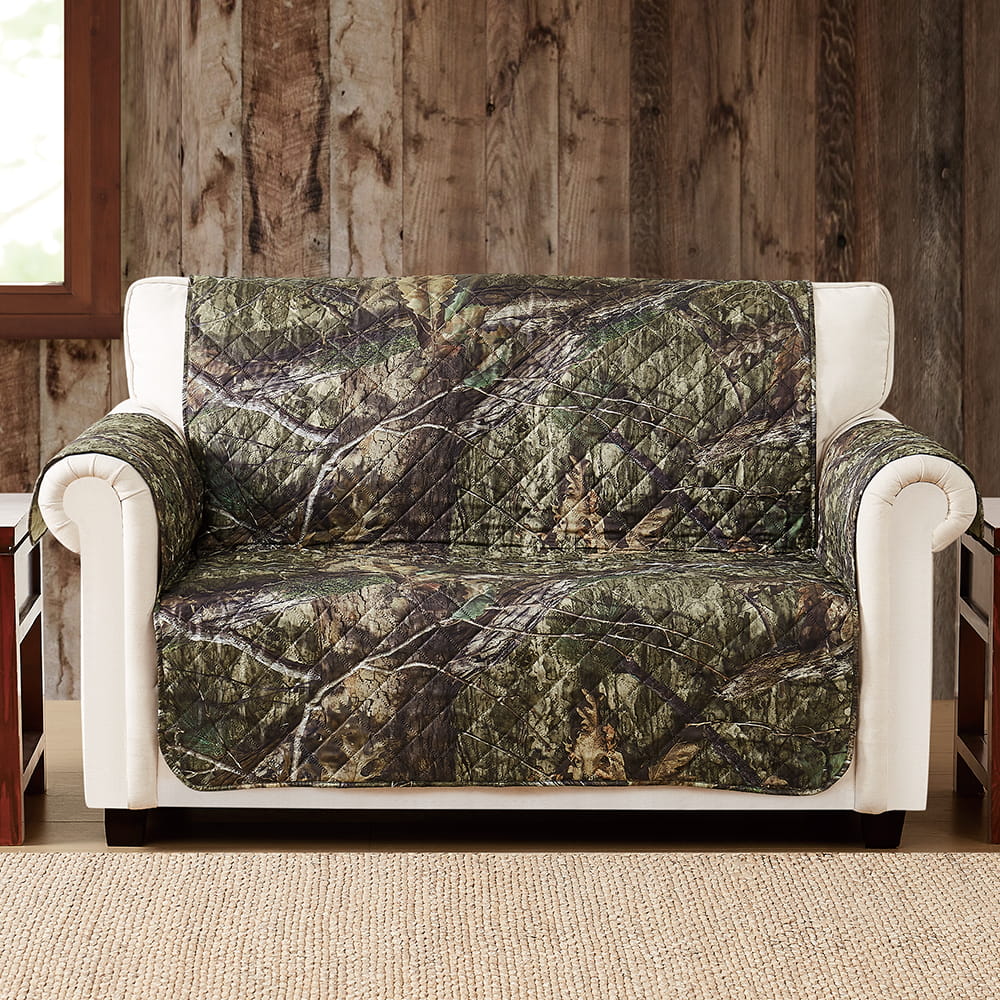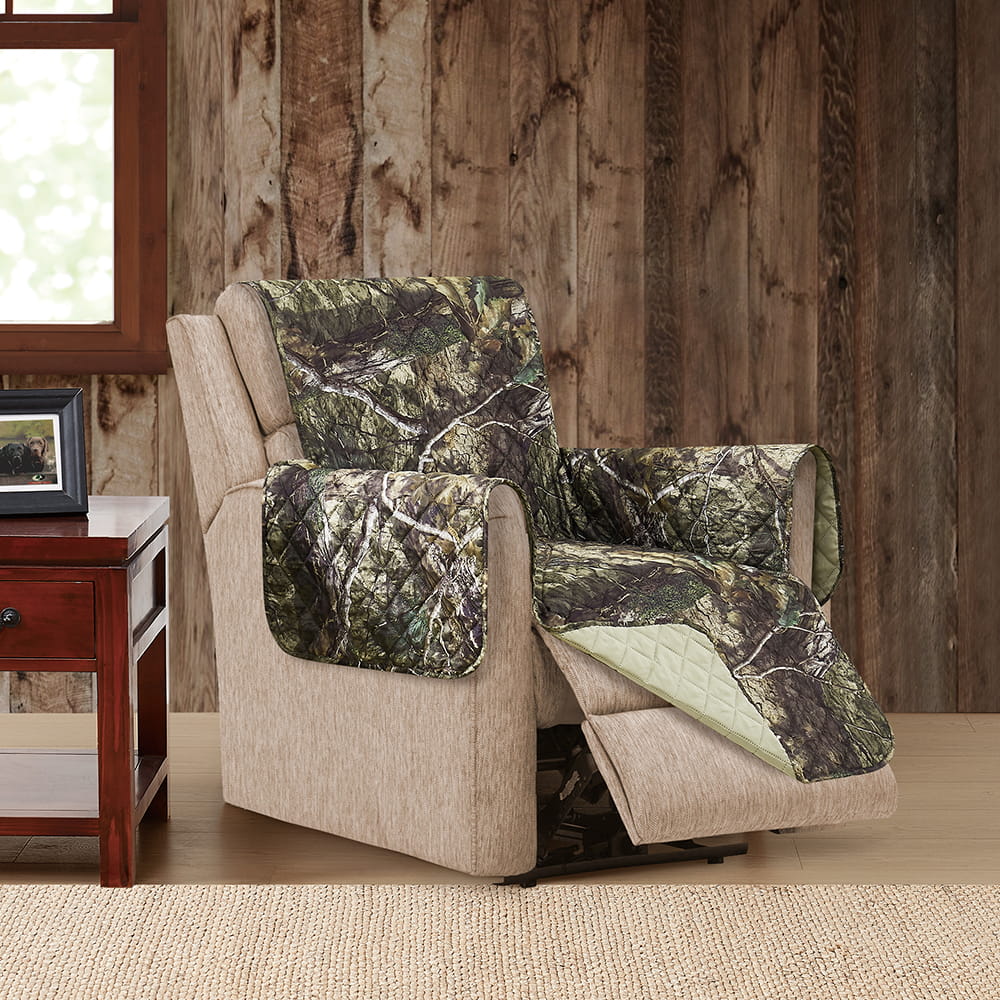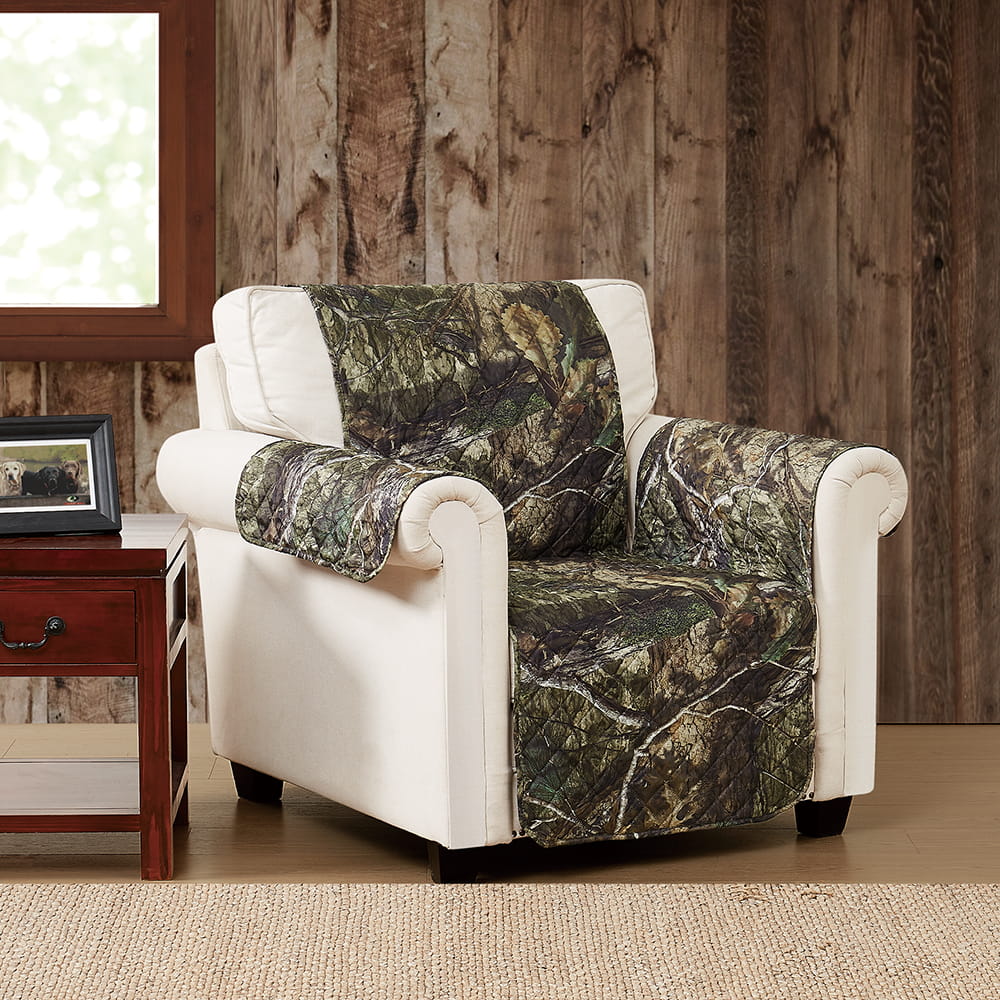What measures are taken to ensure the quality and safety of the materials used in bedding, especially with regard to allergens and harmful substances?
The importance of ensuring the quality and safety of bedding materials is self-evident because people come into direct contact with them every day. Here are some measures aimed at ensuring the quality and safety of bedding materials, especially with regard to allergens and harmful substances:
Raw material selection: First of all, raw materials that have been strictly screened and certified must be selected. This may include natural materials such as cotton, linen, silk, wool, down and feathers. Cotton bedding is one of the most common choices because they are comfortable, breathable, and easy to clean. Pure cotton bedding is soft, comfortable, skin-friendly, and excellent at absorbing moisture and being breathable. Linen bedding is generally slightly more expensive than cotton, but they have natural antibacterial and moisture-absorbent properties and become softer over time. Flax is also an environmentally friendly material because the growth of flax plants does not require many chemicals. Silk bedding is luxurious, elegant, soft and comfortable, but the price is relatively high. They are soft on the skin and suitable for those who have high requirements for comfort and luxury. Wool bedding is excellent at providing warmth and is especially suitable for colder climates. Wool is also very good at moisture absorption and breathability, allowing for a comfortable sleeping environment. Down and feather bedding generally provide excellent warmth, but are more expensive. They are lightweight and soft, perfect for those who like a warm, lightweight feel.
Safety standards: Bedding products are often required to meet limits on chemical content to ensure the product does not contain harmful substances such as heavy metals, carcinogens or harmful gases. These restrictions generally apply to fabrics, fillings, printing dyes, etc. Its quality standards usually involve aspects such as strength, durability and softness of fabrics and fillings. These standards are designed to ensure that bedding remains in good condition and is not susceptible to damage or wear under normal conditions of use. Bedding usually needs to be labeled with clear information such as dimensions, ingredients and washing instructions to help consumers use and maintain the product correctly. In addition, products need to meet appropriate size standards to ensure they match accessories such as mattresses or pillows. Hygiene requirements, including antibacterial, anti-dust mite and easy-to-clean properties, are often required to ensure the product provides a clean, healthy sleeping environment.
Allergen Testing: It is crucial to perform allergen testing on the raw materials used in bedding. Manufacturers may commission third-party laboratories to test raw materials to ensure that they do not contain common allergens, such as pollen, dust mites, etc. Skin allergy testing is a common allergy testing method. It applies substances that may cause allergic reactions (such as allergens extracted from bedding) to the skin through slight stimulation on the skin surface, and observes whether redness, swelling, itching and other allergic symptoms appear. . Immunological testing includes serum IgE level testing and skin irritation testing. Serum IgE level testing determines whether there is an allergic reaction by detecting the level of IgE antibodies to specific allergens in the blood. The skin irritation test is to apply substances that may cause allergies directly to the skin to observe whether an allergic reaction occurs. Indoor air quality testing uses professional air quality testing equipment to detect the concentration of microorganisms such as dust mites and mold and allergens such as pollen in bedding. These tests are usually performed by a professional agency or laboratory.
Hazardous substance testing: It is also necessary to test the materials used in bedding for harmful substances. This may include testing for harmful substances such as dyes, preservatives, formaldehyde, etc. to ensure that the product does not pose a hazard to the user's health.
Quality Control: During the manufacturing process, strict quality control measures should be implemented to ensure that each batch of products meets the prescribed quality standards. This may include multiple inspections and tests of raw materials, production processes and final products.
Environmentally friendly materials: The main environmentally friendly materials include organic cotton, linen, hemp, bamboo fiber, recycled materials, etc. Organic cotton is produced from cotton plants that are free from the use of chemical pesticides and synthetic fertilizers. It is an eco-friendly option as it reduces negative impact on the environment and is generally more breathable and comfortable. Flax is a natural source of fiber and an environmentally friendly choice. It grows quickly and usually requires no chemicals to grow. Linen sheets are typically soft, breathable, and have moisture-wicking properties. Hemp fiber is a tough and durable natural material that can be used to make sheets, pillowcases, and more. The growing process of cannabis typically does not require pesticides or herbicides, so it is considered an environmentally friendly material. Bamboo fiber is a sustainable material because bamboo grows quickly and does not require extensive chemical treatment. Bamboo fiber sheets often have antibacterial, breathable, and moisture-wicking properties. Some bedding manufacturers use recycled materials, such as recycled cotton, recycled polyester fiber, etc. These materials reduce the need for virgin resources and reduce waste generation. When choosing bedding, consider using low-impact dyes as well. These dyes use fewer chemicals in their production and have a smaller impact on the environment.




 English
English Español
Español.jpg)
.jpg)
.jpg)
















